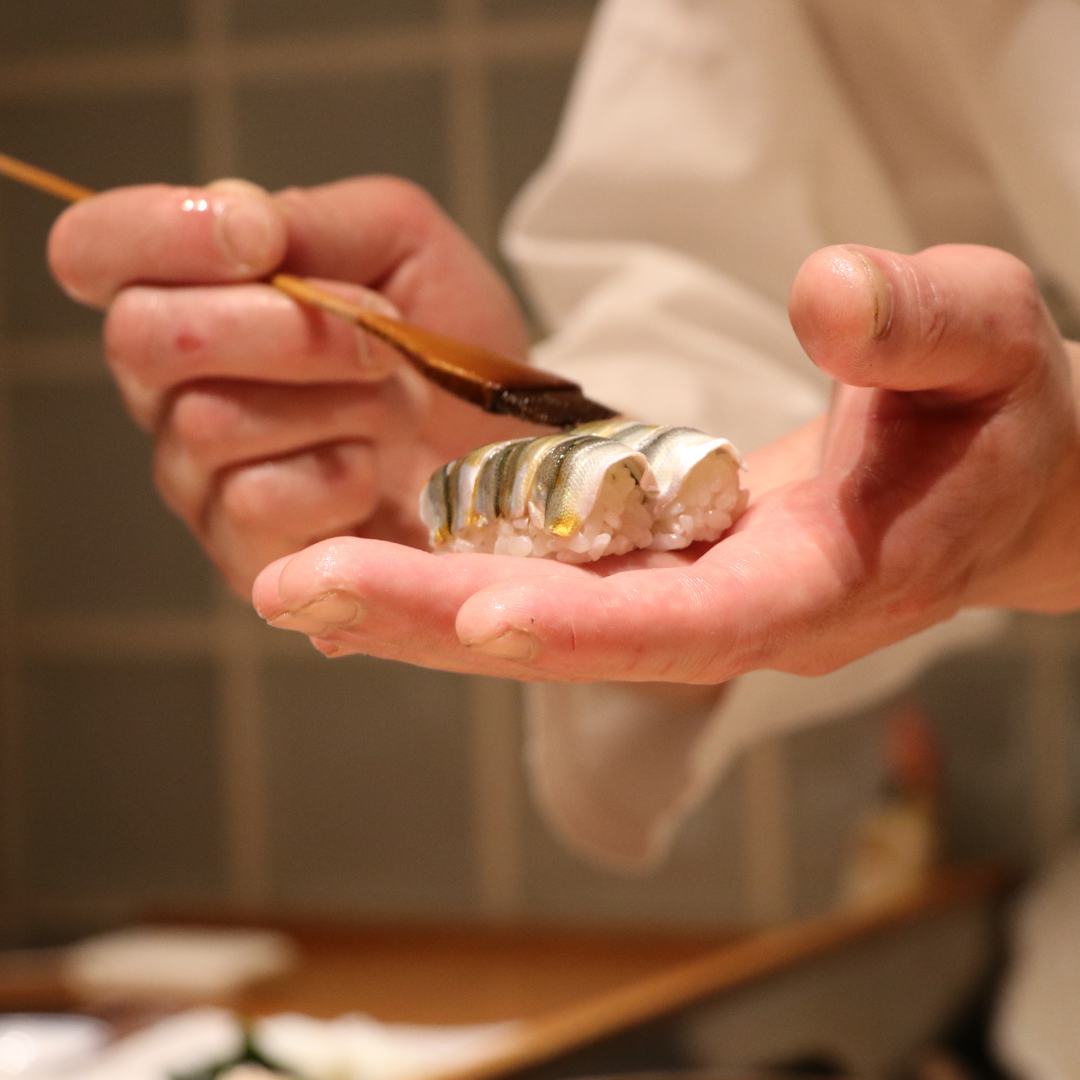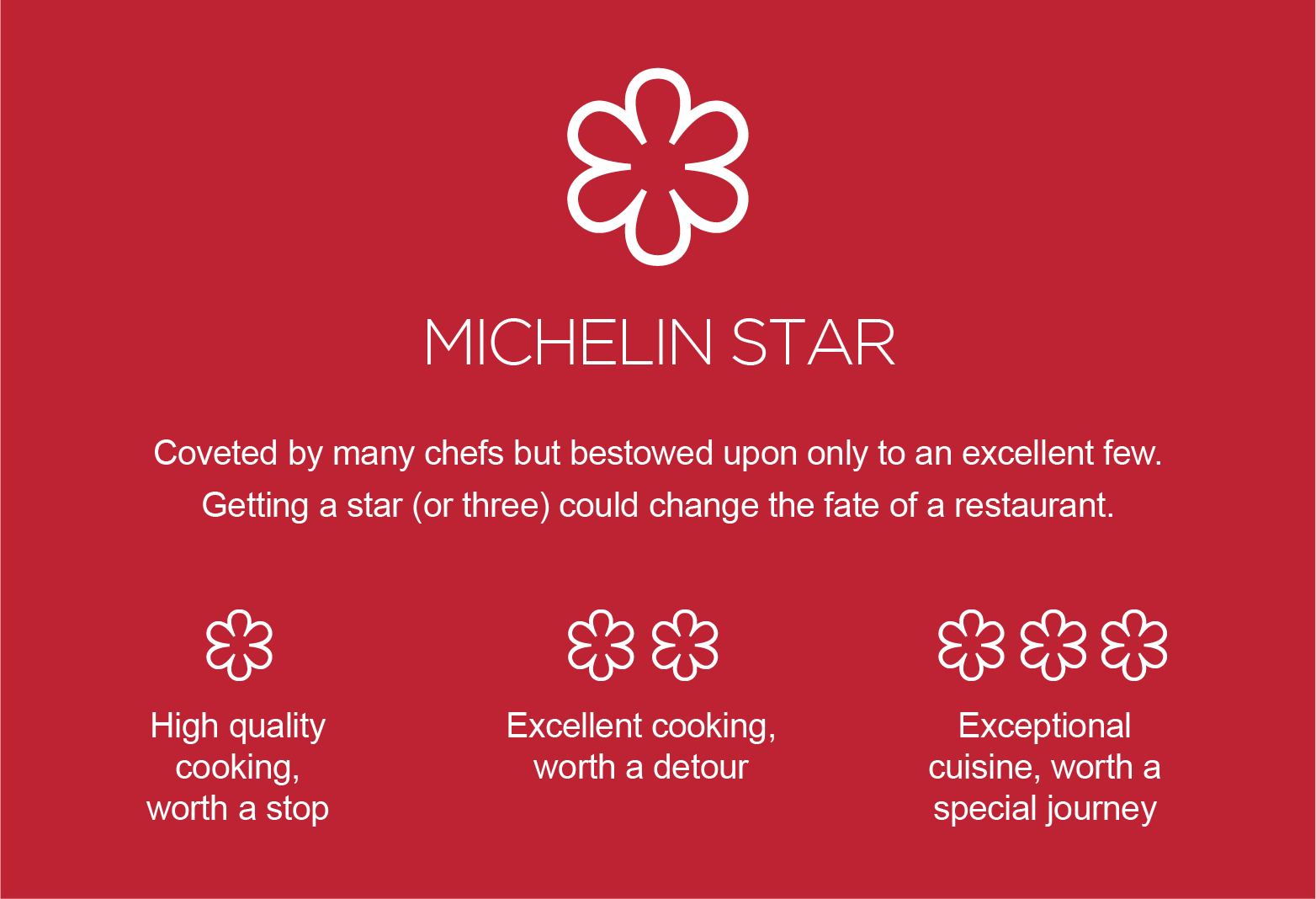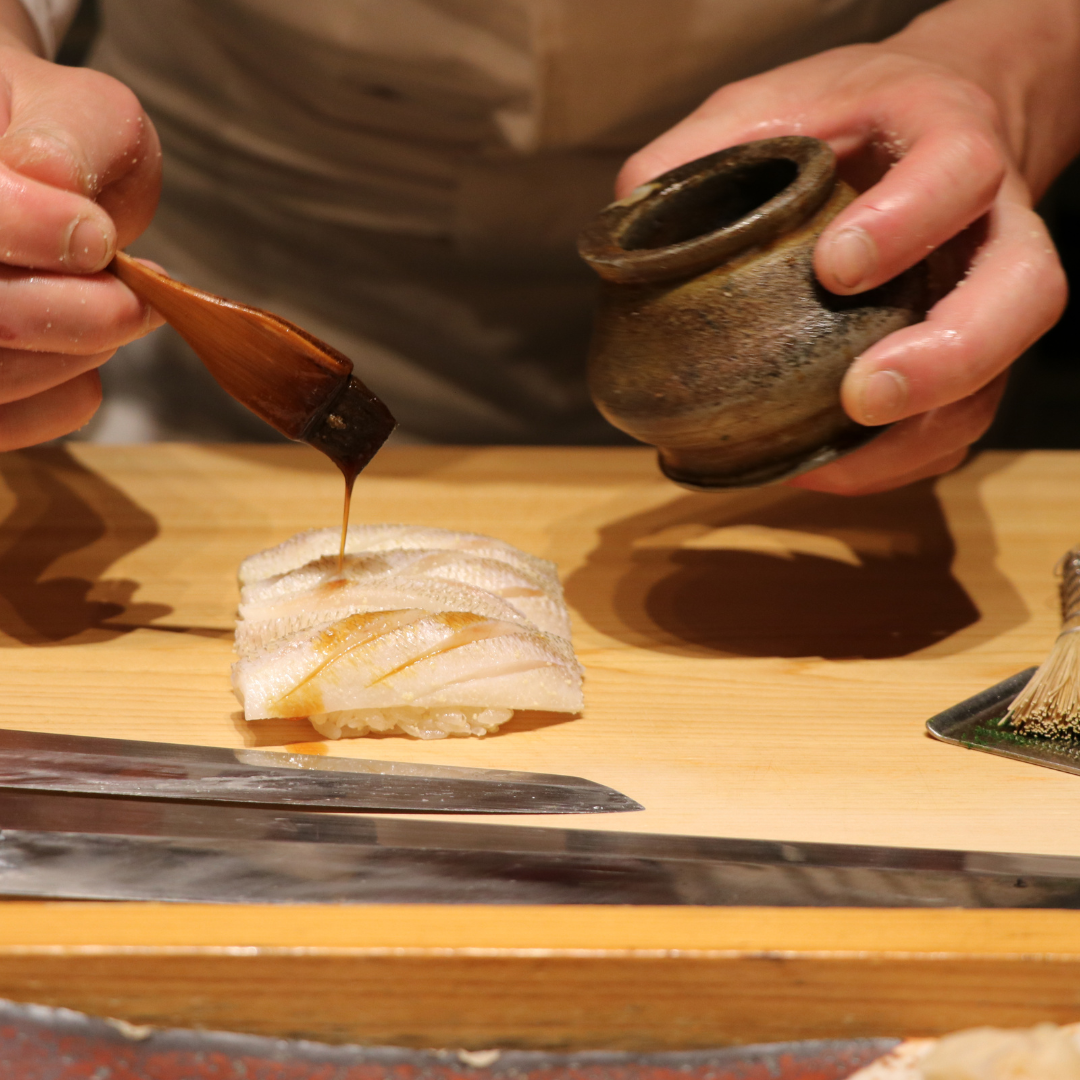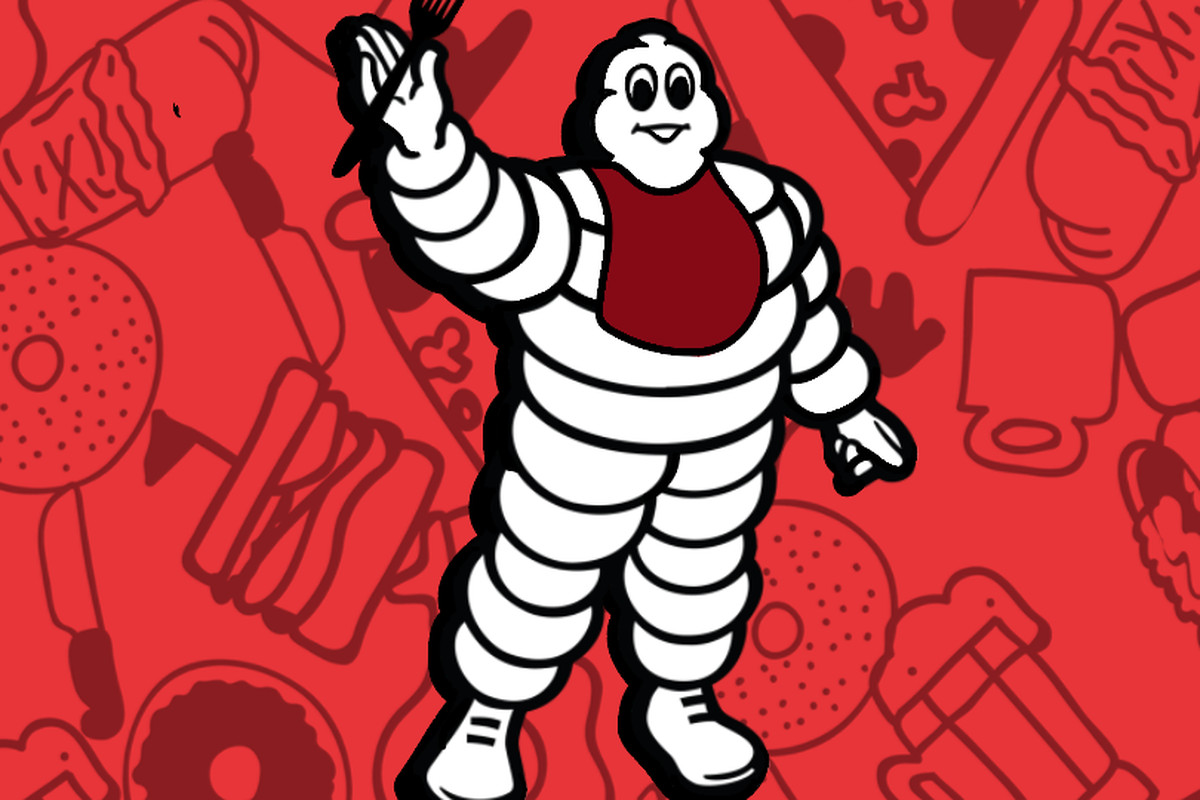Dec 28th 2018 - J. Vigotsky
What are Michelin Stars? And How Do You Get Them…
Deciding where to eat isn’t always. Especially when dining with a large group, it’s common for people to prefer different restaurants. Maybe one person heard good things about a restaurant, but someone else heard a horror story. Luckily, there’s a surefire way to pick a place with great food: Michelin Stars. Reserved for only the best restaurants Michelin Stars have been used since 1926. This post will answer the question, “What are Michelin Stars,” and explore what you need to do to get them.
What is a Michelin Star?
A Michelin star is a prestigious culinary accolade awarded by the Michelin Guide, a highly regarded restaurant guidebook. It was first introduced in 1926 by the Michelin tire company to promote travel and dining options in France. Today, the Michelin Guide covers various countries around the world, recognizing exceptional restaurants for their culinary excellence.

The Michelin star rating system has three levels:
- One Michelin star: A restaurant awarded one Michelin star is considered to be very good in its category. It indicates that the restaurant provides high-quality cuisine, skillfully prepared and using quality ingredients.
- Two Michelin stars: Two Michelin stars signify that a restaurant is excellent and worth a detour. The food is exceptional, showcasing the culinary skills of the chef, with consistently high-quality dishes.
- Three Michelin stars: The highest honor is three Michelin stars. A restaurant that receives three stars represents exceptional cuisine, worth a special journey. These establishments demonstrate remarkable culinary mastery, creativity, and consistency.
Michelin stars are highly sought after by chefs and restaurants worldwide. Earning even a single star can significantly boost a restaurant's reputation, attract discerning diners, and often lead to increased business. The Michelin Guide's anonymous inspectors visit restaurants and evaluate them based on various criteria, including the quality of ingredients, mastery of cooking techniques, creativity, consistency, and overall dining experience.
Top Chefs With The Most Michelin Stars 2022
The First Michelin Stars

The Michelin Guide was first published in 1900 to help drivers in France locate mechanics, restaurants, and other roadside amenities. To help readers decide where to eat, the Michelin Guide began rating restaurants in 1926. They initially assigned single stars to recommended restaurants. But by 1933, the guide’s rating system expanded to include 2- and 3-star restaurants. As per the guide:
-One-star restaurants are “very good”
-Two-star restaurants feature “excellent cooking that is worth a detour”
-Three-star restaurants have “exceptional cuisine that is worth a special journey”
Why do Michelin Stars Matter?
Although websites like Yelp and Tripadvisor are the first place most people look for restaurant reviews, Michelin Stars remain the gold standard. The rating system is based on food and food alone. Quality of the ingredients, combination of flavors, creativity, consistency, and value are all taken into account. Other variables like the restaurant’s ambiance, décor, and service are rated via fork-and-spoon symbols.
How are Michelin Stars Given?

There are 80 full-time Michelin inspectors who each evaluate 240 restaurants per year. Eating anonymously, the inspectors don’t notify the chef or staff that their food is being evaluated. This ensures that the inspector is treated like any other customer. If the inspector is unsure of what rating the restaurant deserves, a second inspector is sent on behalf of Michelin for a second opinion. If a restaurant is assigned Michelin Stars, inspectors are sent on follow-up visits to ensure the restaurant is still serving Michelin-worthy meals.
5 Of The World’s Most Expensive Restaurants
How to Get Michelin Stars

If you want your restaurant to be assigned a Michelin Star or three, know it won’t be easy. If your restaurant’s city isn’t located on the Michelin map, then you don’t have much of a chance. For restaurants in areas on the map, the next step is getting rave reviews from respected local publications. Michelin needs to know you exist somehow, and this is the best way to get their attention. If someone from Michelin sees the review and is interested in your restaurant, an inspector will be assigned to test it out. But you’ll never know when he’s coming, so it’s on you and your staff to churn out delicious meals every day. If the inspector dines on a day when your restaurant doesn’t bring its A-game, you’re not likely to receive any stars.
What Michelin Stars Mean for Business
Michelin Stars mean more than just respect for restaurants. According to chefs in New York and San Francisco, getting a Michelin Star can lead to a 10%-25% increase in revenue. Local diners will want to what the big deal is, so they will likely flock to your restaurant.
A lot of luck is involved when it comes to getting Michelin Stars. While it would certainly be nice for your restaurant to be listed in the guide, it’s not worth worrying about. All you can do is provide delicious food to your customers. Let the rest take care of itself.

History of Michelin Stars
The history of Michelin Stars dates back to the early 20th century when the Michelin Guide was first published. Here are some key milestones in the history of Michelin stars:
Creation of the Michelin Guide
In 1900, the Michelin tire company in France published the first Michelin Guide. Initially, the guide was intended to provide useful information to motorists, including maps, travel tips, and a directory of mechanics and hotels.
Introduction of star ratings
In 1926, the Michelin Guide introduced a star rating system to highlight exceptional restaurants. At that time, only a single star was awarded to restaurants considered to be of high quality.
Expansion of the rating system
In 1931, the Michelin Guide expanded its rating system to include a second star, indicating restaurants that were worth a detour. The third star was introduced in 1933, designating restaurants worth a special journey.

